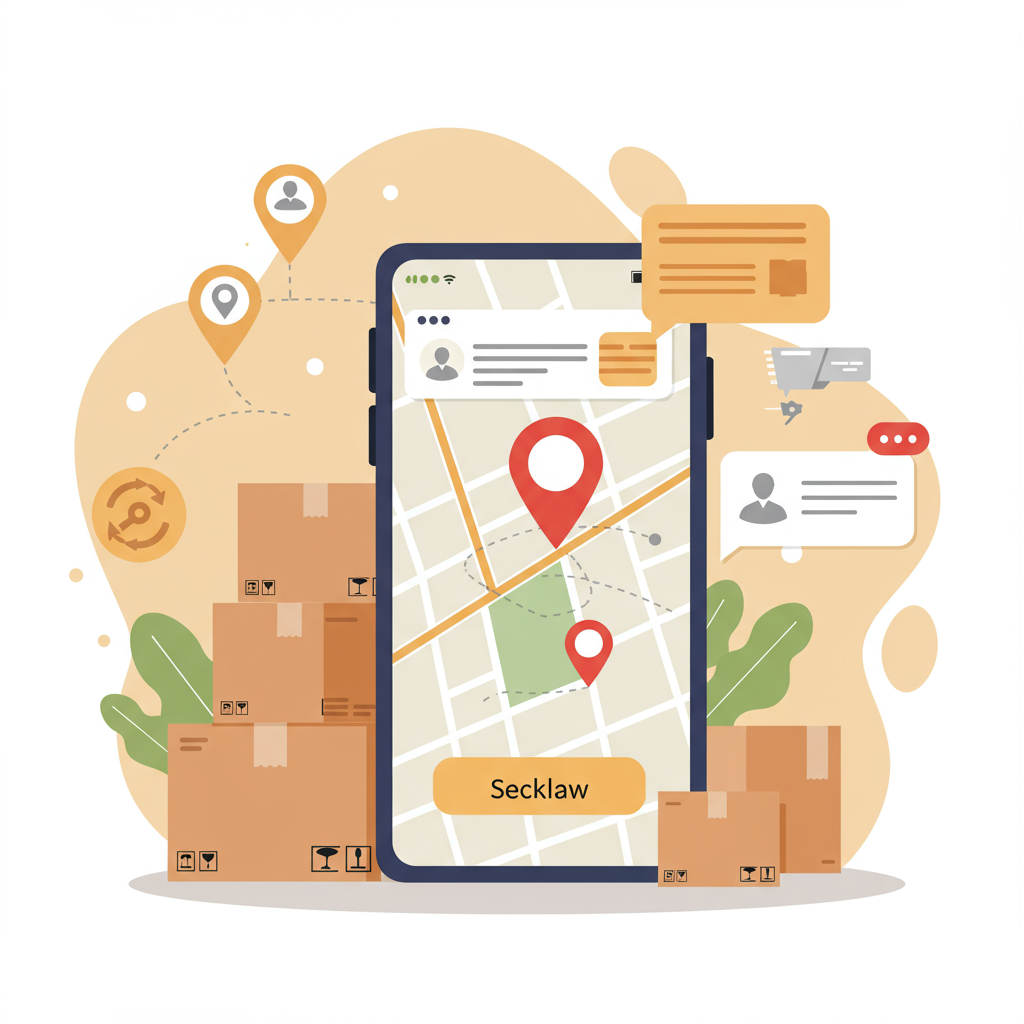Unlock customer satisfaction and streamline your operations with seamless order tracking integration.
As a Shopify merchant, I know firsthand the importance of a seamless customer experience. It’s not just about making the sale; it’s about what happens *after* the purchase that truly builds loyalty.
One of the most critical elements of this post-purchase journey is order tracking. It’s something customers expect, and frankly, it’s something we, as merchants, should prioritize.
Today, I want to walk you through the ins and outs of order tracking integration for your Shopify store. We’ll cover why it’s essential, what options are available, and how to implement them effectively.
Think about your own online shopping habits. Once you click “buy,” what’s the first thing you want to know? “Where’s my order?” right? Your customers are no different.
Providing clear, real-time order tracking isn’t just a convenience; it’s a powerful tool for building trust and reducing customer service inquiries.
When customers can easily track their packages, they feel more in control and less anxious. This transparency significantly enhances their overall satisfaction with your brand.
From our perspective as merchants, robust tracking reduces the dreaded “Where is my order?” (WISMO) calls and emails, freeing up our customer support team to handle more complex issues.
It also provides valuable data. We can identify shipping bottlenecks, understand delivery performance, and even proactively address potential issues before they become major problems.
Shopify, by default, offers some basic tracking capabilities. When you fulfill an order and add a tracking number, customers receive an email with a link to the carrier’s website.
While this is a start, it often lacks the branded experience and detailed updates that modern customers expect. It pushes them off your site, potentially losing their attention.
This is where third-party order tracking integrations come into play. These solutions go far beyond basic carrier links, offering a much richer and more controlled post-purchase experience.
They typically provide a branded tracking page on your own domain, consistent updates, and often, proactive notifications via email or SMS.
When considering a third-party solution, I always look for several key features. First, multi-carrier support is crucial, especially if you ship with various providers.
A branded tracking page is non-negotiable for me. It keeps customers engaged with my brand even after they’ve left the checkout page, reinforcing my identity.
Customizable notifications are another must-have. I want to control when and how my customers receive updates, from “in transit” to “out for delivery” and “delivered.”
Real-time updates are paramount. Customers want to know exactly where their package is at any given moment, not just once a day.
Analytics and reporting features are incredibly valuable. They help me understand delivery times, identify common issues, and optimize my shipping strategy.
Some advanced solutions even offer estimated delivery dates, which can further reduce customer anxiety and improve satisfaction.
Integrating these solutions with your Shopify store is usually straightforward. Most popular tracking apps are available directly in the Shopify App Store.
The process typically involves installing the app, connecting your shipping carriers (often just by entering your carrier account details or API keys), and then configuring your preferences.
You’ll set up your branded tracking page, customize your notification templates, and decide which tracking events trigger an update.
Once configured, the app usually automatically pulls tracking numbers from your Shopify orders and starts providing updates. It’s a set-it-and-forget-it kind of convenience after the initial setup.
After implementation, it’s vital to test everything thoroughly. Place a few test orders yourself to ensure the tracking page works, notifications are sent, and updates are accurate.
My best advice for leveraging order tracking is to communicate clearly. Let your customers know they can track their order and where to find the tracking link.
Set realistic expectations for delivery times. While tracking provides transparency, it doesn’t speed up shipping. Be honest about your shipping policies.
Leverage the data you collect. If you notice a particular carrier consistently has delays in a certain region, you might consider alternative options or adjust your shipping estimates.
And remember, even with the best tracking, sometimes things go wrong. Be prepared to offer prompt and helpful customer support when issues arise.
Some cutting-edge solutions are even incorporating AI and machine learning to predict potential delays or optimize delivery routes, taking the post-purchase experience to the next level.
This proactive approach can turn a potentially negative experience into a positive one, as you can inform customers of issues before they even realize there’s a problem.
Ultimately, investing in a robust order tracking integration isn’t just about managing logistics; it’s about enhancing your brand’s reputation and fostering long-term customer relationships.
It transforms a potentially anxious waiting period into an engaging and transparent experience, reinforcing trust and encouraging repeat business.
So, what do you think about the importance of order tracking for your Shopify store? I’d love to hear your thoughts and experiences.
By providing this level of transparency and control, we empower our customers and, in turn, strengthen our own e-commerce operations. It’s a win-win for everyone involved.
I truly believe that a well-implemented order tracking system is no longer a luxury but a fundamental component of a successful Shopify business in today’s competitive landscape.






